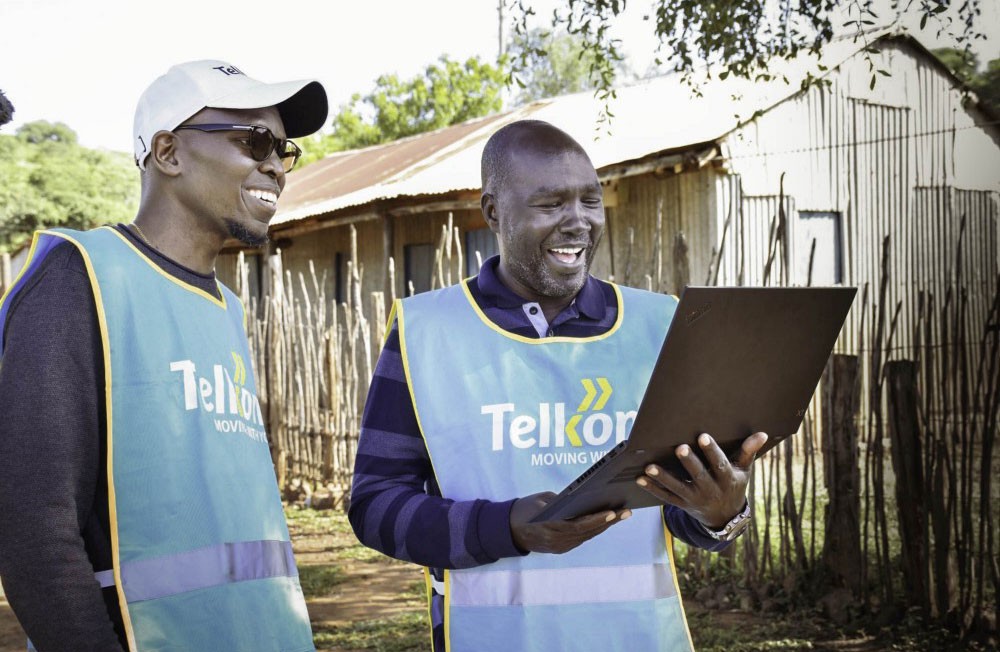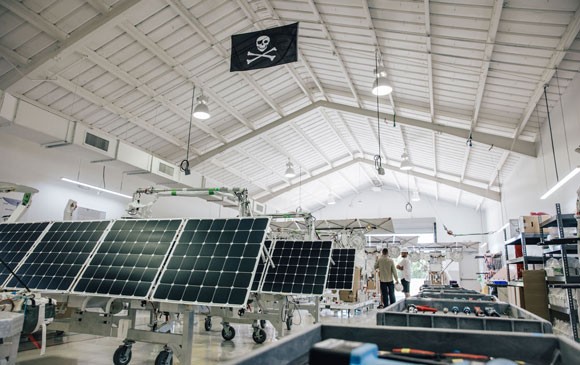Meet the American company trying to boost global communications and internet coverage via a network of balloons in the stratosphere.

A loon balloon floating in the sky. Image source: Loon

In 2020, connectivity isn’t really something we worry about. There might be slight annoyance when your phone signal dips from 4G to 3G in rural areas, or mild irritation when navigating a new cafe’s wifi set-up. But, other than that, we’re mostly all connected, all of the time.
Except, of course, we aren’t. In the Western world the internet might feel ubiquitous, but such an assumption overlooks the fact that almost 50 per cent of the world’s population – about 3.8 billion people – lacks access to even the most basic forms of online connectivity.
This is where Loon comes in. Based in the United States, this technology company is looking to pioneer high-altitude communications balloons which will boost internet signals across some of the world’s most remote and impoverished areas. In short, the balloons act like a floating system of phone towers, strengthening communication across thousands of miles.


“We envision a world where anyone who wants to connect, can,” reads the company’s mission statement. “The tools we build connect people to each other, to their communities, and to global society.”
Formerly a project within Google’s research and development facility Google X, Loon became an independent business within Alphabet – Google’s own parent company – in July 2018. In essence, they have redesigned the essential components of a cellular tower and reworked them to be light and durable enough to be carried by a solar-powered balloon up to the stratosphere at some 18,000 metres in altitude, safely above local weather systems. Up there, winds can blow at over 60mph, and temperatures can drop as low as minus 90 degrees celsius.
Operating at these heights may be fraught with complications, but when it comes to connection, the stratosphere is high enough to ensure a large coverage, but low enough to ensure high-speed data transmission. In other words, it’s the sweet spot for connectivity platforms.
Once launched, the system will allow customers of local mobile networks to experience a boost in signal. To date, Loon counts AT&T, Telkom, Telesat and Vodacom among its backers.
“In the past few years the Loon system has been used to connect hundreds of thousands of people,” Rick Cohen, a representative of the company, explained to Chart. “To date, Loon’s balloons have flown over 40 million kilometres (25 million miles). The balloons are designed to last for hundreds of days in the stratosphere.”
Recently, the company has enjoyed success in rural Peru, where it worked closely with Spanish telecoms company Telefonica to boost 4G coverage across the rural Loreto region and remote parts of the Amazon. And, in 2020, Loon partnered with Telkom Kenya, marking its first partnership in Africa.
The project isn’t about turning remote populations into Instagram addicts, either. A key part of the company’s work is focused on disaster relief, providing communication amidst the chaos that arises after an earthquake, flood or storm. Less about checking social media posts, and more about having access to supplies, or reconnecting with missing family members.
In the most at-risk regions, Loon is working to position balloons on the ground before possible disasters, launching them if and when disaster strikes to provide immediate assistance. With no need for ground staff to aid in activation or deployment, there’s no risk to human life, either.
With Loon’s balloons having travelled far enough to circle the globe over a thousand times since the company’s inception in 2011, it seems the future of connectivity is already off to a flying start.
